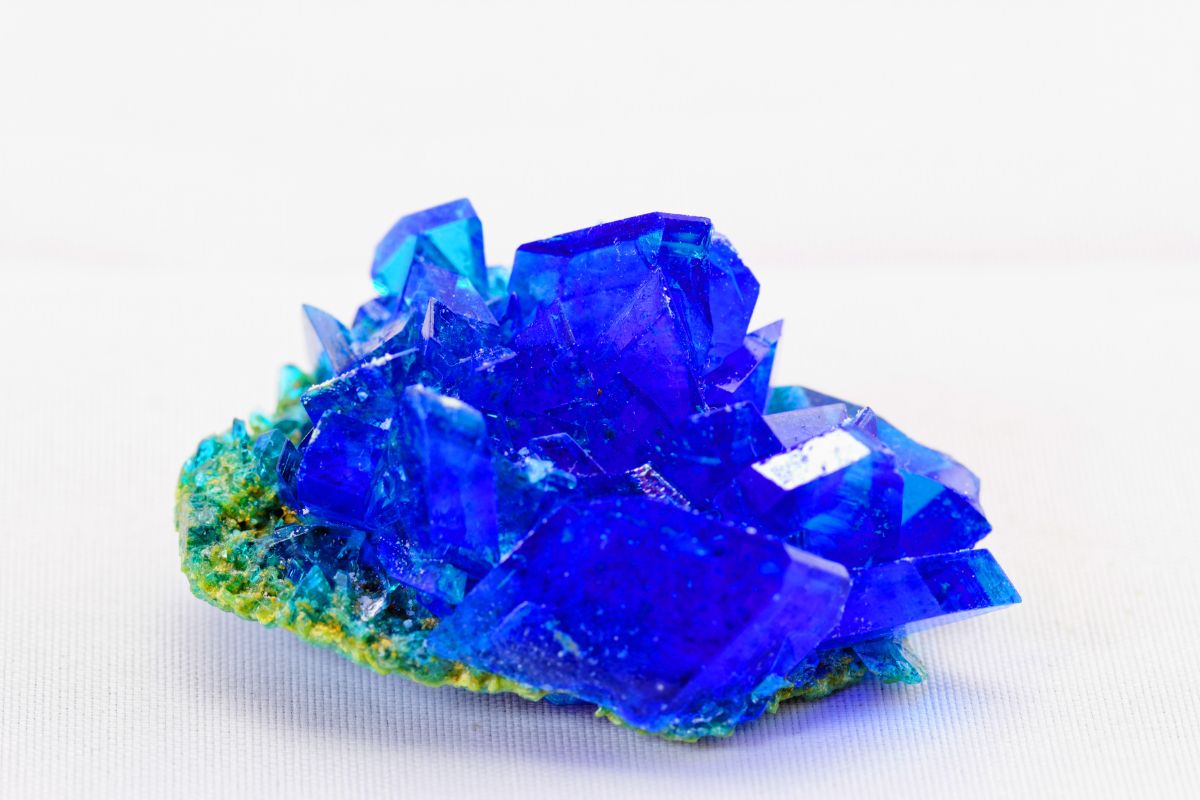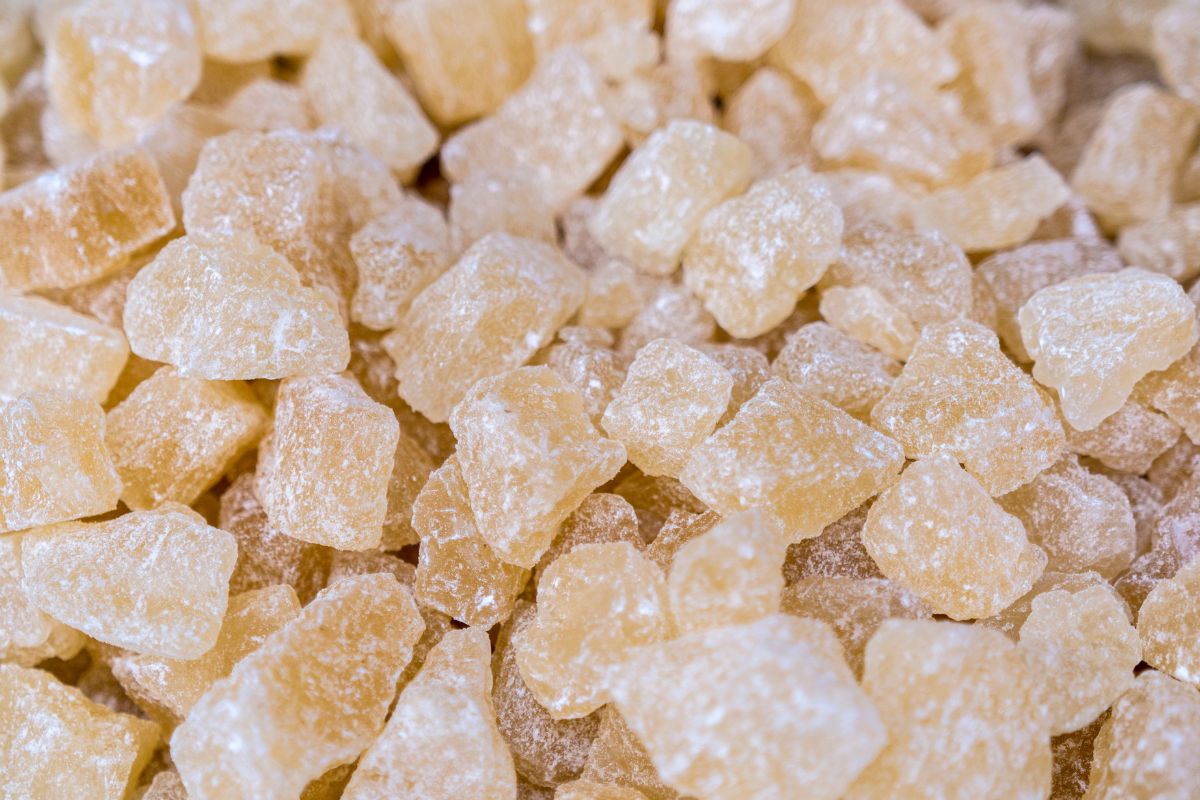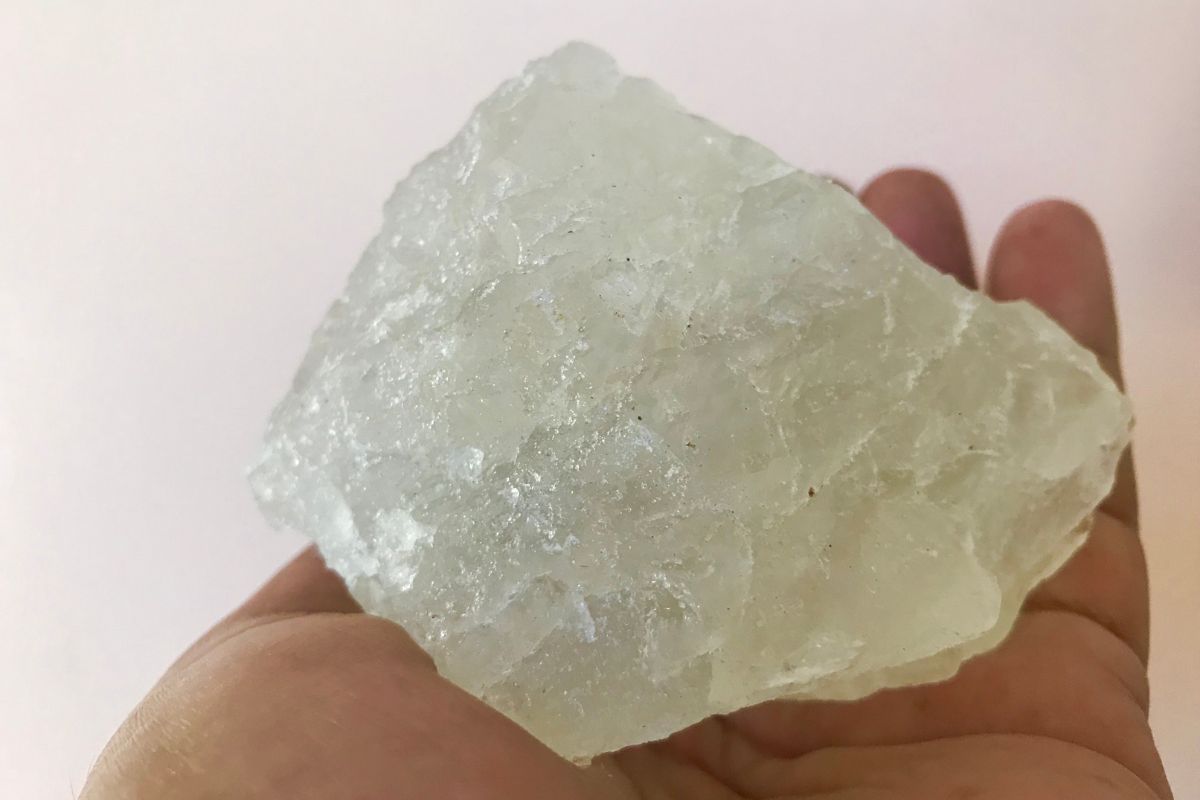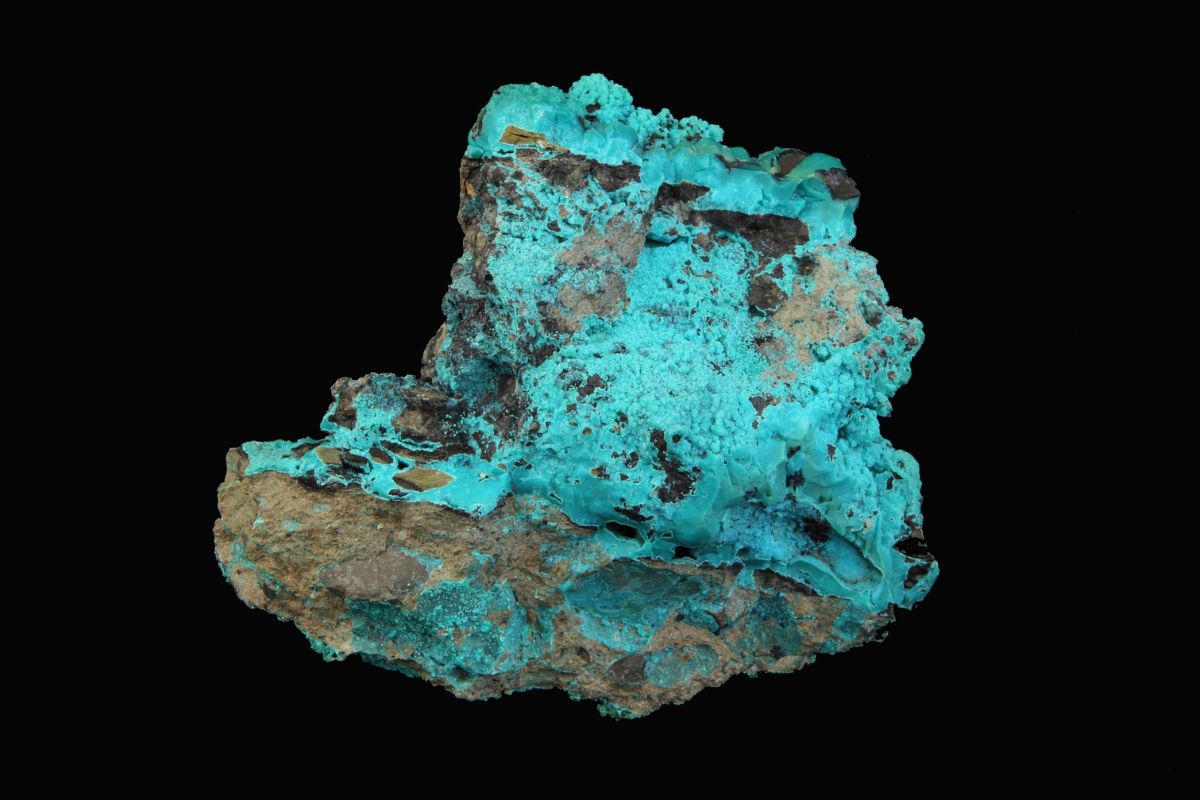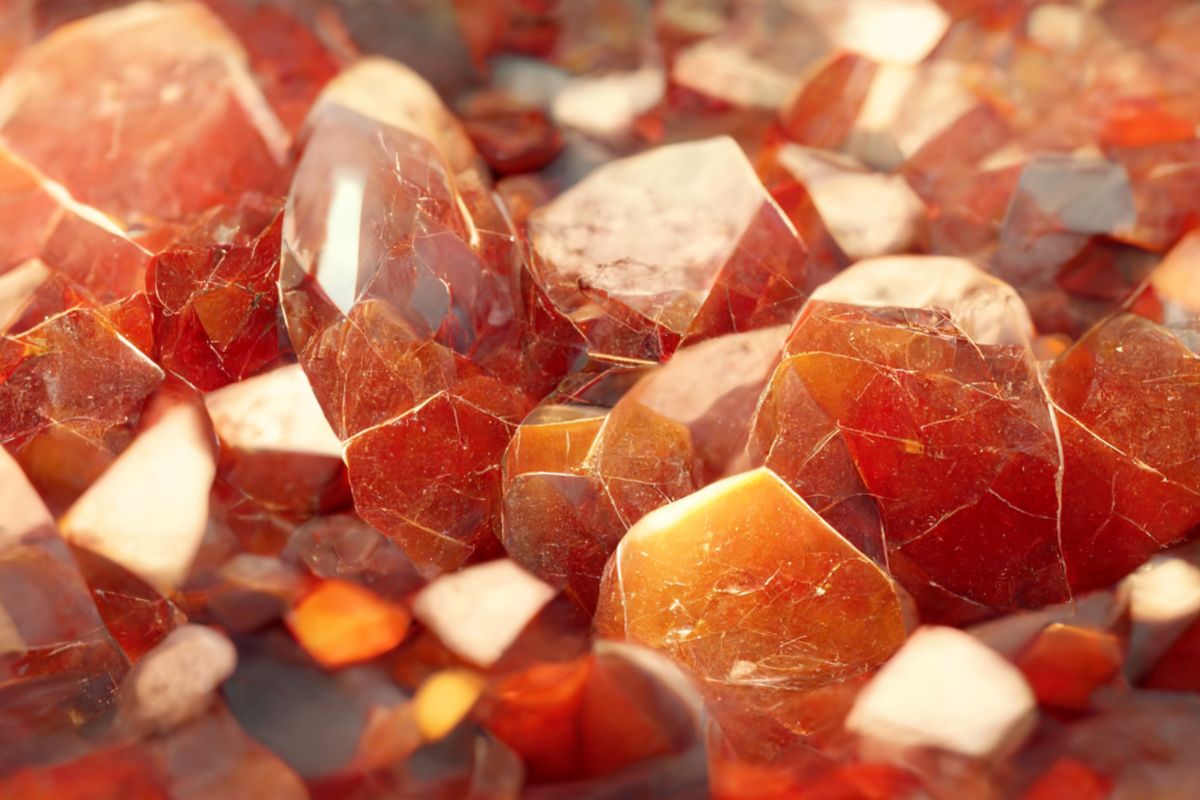There is no doubt that crystal caves are some of the most incredible natural wonders that Mother Nature has blessed us with. With their whimsical beauty and amazing formations, it’s hard to believe our planet can produce such a spectacle.
Visiting a crystal cave should definitely be something you do in your lifetime, and there are so many to see! We’ve compiled this list of the 12 most beautiful crystal caves in the world so you can see for yourself how incredible they really are.
![12 Most Beautiful Crystal Caves In The World [With Pictures]](https://thatcrystalsite.com/wp-content/uploads/2022/12/12-Most-Beautiful-Crystal-Caves-In-The-World-With-Pictures.jpg)
How Are Crystals Formed In Caves?
In a liquid solution that is “supersaturated,” or has material dissolved in it, two processes called “nucleation” and “crystal growth” lead to the formation of all crystals.
A cave will experience this if it is submerged in one of these liquid solutions for at least a hundred thousand years.
When molecules floating in a solution start to cluster into stable groups, this is known as nucleation.
The temperature and the degree to which the solution is “supersaturated” are just two of the many internal variables that determine whether a cluster of molecules becomes stable.
The nucleation process of molecules causes them to adhere to one another, which influences how the crystal will eventually take shape. The solution’s stable clusters reach a critical size at which crystal formation starts to occur.
As crystal growth progresses past the critical size and is fueled by supersaturation, nucleation continues, allowing more molecules to adhere to the budding crystal’s nucleus.
Different-sized crystals may form depending on whether nucleation or crystal growth occurs more frequently in the solution. Up until the supersaturation is broken or the cave entirely dries out, crystal growth or nucleation continues to occur.
1. Pulpí Geode, Spain
A true geological phenomenon, the Pulpí Geode is one of the largest crystal caves in the world and the largest accessible geode ever discovered.
The cave, which was found in an abandoned silver mine on the northern Almeria coast of Spain in 1999, opened to the public in 2019 after 20 years of exploration and research.
During this time, it was concluded that its formation started around six million years ago, resulting in an 8 meters long by 2 meters high crystal cave covered in translucent gypsum crystals that can reach up to 2 meters in length.
2. Cave Of the Crystals, Mexico
In Chihuahua, Mexico, there is a natural wonder called The Cave of the Crystals. Some of the largest natural crystals ever seen are found in its main chamber. The cave remains mostly undiscovered because of the intense heat and humidity caused by the magma inside.
The Naica Mine is connected to the Cave of the Crystals. The Cave of the Crystals wasn’t found until two miners broke into the expansive underground room in 2000, despite the Naica Mine having been mined for millennia.
Towering stacks of selenite are found inside this enormous cavern, soaring to heights that make people seem insignificant by comparison. The tallest crystals, in fact, have been estimated to be 36 feet tall and 55 tons in weight.
3. Cayman Crystal Caves, Cayman Island
The fossilized shells and animal life found in the Cayman Crystal Caves, which formed over millions of years, provide evidence that the entire system was once submerged in water.
Amazing stalagmite and stalactite crystal patterns started to grow inside the cave system’s rooms when calcium deposits were left behind by rainwater seeping through the limestone top. Even now, millions of years later, they are continuing to evolve.
The Cayman Islands’ flourishing tourism industry has benefited from these crystal caves, which are now a popular tourist attraction.
4. Crystal Cave, Bermuda
Carl Gibbons and Edgar Hollis, two 12-year-old boys, were the first to find Bermuda’s Crystal Cave.
The Wilkinson family, who owned the land, decided to investigate it further after learning that one of the most stunning natural structures in the world had been discovered right outside their door.
The spectacular white limestone crystal stalactites and stalagmites that dangle from the cave ceiling were formed over millions of years. As you cross the pontoon bridge, you can view even more exquisite rock formations submerged in the beautiful, 55-foot-deep lake below.
5. Crystal Cave, California
There are numerous cave systems in California, but the Crystal Cave in Sequoia National Park, which is located barely below the earth’s surface, is the most magnificent. The elaborately polished marble grotto is draped with the stalactite crystal formations visible here.
The 1918 discovery of Crystal Cave is scarcely a secret today; thousands of people visit it each year, and the underground passage is equipped with paved walkways and solar-powered lighting.
The cave is only accessible during the summer and is renowned for its candlelight tours. Thrill-seekers can even take part in the “Adventure Tour”, a 6 hour trek through the smallest recesses on the cave.
6. Crystal Cave, Iceland
One of nature’s most amazing sights can be found in Iceland: the Crystal Cave of Svmnafellsjvkull. This deep blue cave, which is found in Skaftafell National Park, will astound you with its stunning beauty and scale.
Iceland is blessed with many ice caves, but Crystal Cave is by far the best, and, with the ever-changing nature of ice caves, it is constantly evolving.
This crystal cave was formed by the Vatnajokull ice cap’s power when its glacier collided with the seashore. The cave’s shimmering and vibrant appearance is due to centuries-old ice that prevents air from penetrating it, resulting in some spectacular formations.
7. Crystal Cave, Wisconsin
William and George Vanasse, two farm boys from the area, found Crystal Cave in 1881. Just a short way from their home, William and George made the discovery while they were in the woods.
Following this finding, it was determined that Crystal Cave is, in fact, Wisconsin’s longest cave.
With four different species of bats and a variety of stalactites, stalagmites, and other crystal formations, this naturally occurring geological marvel is 485 million years old.
Seeing the fossils from the time the country was submerged in the ocean, including a cephalopod, is one of the most astounding aspects of this incredible cave.
8. Crystal Cave at Put-in-Bay, Ohio
When he was constructing a well beneath his winery in 1887, German-born Gustav Heinemann made the discovery of the Crystal Cave in Put-in-Bay, Ohio.
The large crystals discovered on the cave walls were originally used for mining and the production of fireworks. The cave was later converted into a tourist spot and is now home to the largest geode in the world.
It has stunning celestite crystals that can be up to 3 feet wide and 8 to 18 inches long.
9. Jewel Cave, South Dakota
President Theodore Roosevelt designated Jewel Cave in South Dakota as a national monument in 1908. The cave system is the third-longest on Earth, with a length of nearly 180 miles.
From the cave’s entrance, you can observe a variety of fascinating crystals, and as you go further, you’ll come across features and formations that are typical of other extensive limestone caverns.
The many calcite crystals that cover its walls gave Jewel Cave its name. Usually, this calcite crystal is found as nailhead spar and dogtooth spar (Also check out Satin Spar).
These crystals developed as the limestone rock was eroded away by acidic water, creating the passages that can be explored today.
10. The Mlynki Crystal Cave, Ukraine
Gypsum crystals that are bright and unearthly may be found inside Mlynki Cave, making this beautiful cave system a favorite among visitors and adventurers.
The approximately 30-mile-long corridors are lined with crystals, which turn the cave’s interior into a sparkling, shimmering kaleidoscope of vivid light and color.
Some portions of the cave are only recommended for experienced cavers because they have several claustrophobic, small passages as well as their fair share of perilous falls and crevasses.
11. Orda Crystal Cave, Russia
The largest and only underwater crystal cave in the world is located in Russia’s Ural region and was first explored in 1994 by Viktor Komarov. The Orda Cave has been designated an All-Russian Natural Monument and is the longest underwater cave in Russia.
Divers can explore the cave’s meandering corridors and crystal-clear water. An unmatched and singular underwater environment is produced in the Orda Cave by the arrangement of rock formations in the shape of gypsum blocks.
The myth about gold being buried in the rocks in the Orda Cave is another intriguing aspect of it. Locals are reluctant to discuss it and treat it as a closely-kept secret.
12. Yanchep Crystal Caves, Australia
Located in Yanchep National Park, the Yanchep Crystal Caves are well-known for their abundance of helictites, shawls, columns, and stalactites. The cave’s entrance is down a steep staircase that was incorporated into the opening that Henry White first found in 1903.
On a typical tour of this stream cave, you can find out about its extensive history and the geological processes that formed the structure you can see throughout the structure.
Final Word
Crystal caves really are a spectacular phenomenon. If you’re lucky enough to visit somewhere that has one of these amazing caves, then there’s no doubt that you should see for yourself the incredible structures that our planet can produce.
- 15 Crystals That Cannot Be Exposed To The Sun - January 7, 2024
- Malachite Vs Fuchsite – Benefits And Uses - January 7, 2024
- Malachite Vs. Green Jasper: Benefits And Uses - January 7, 2024

